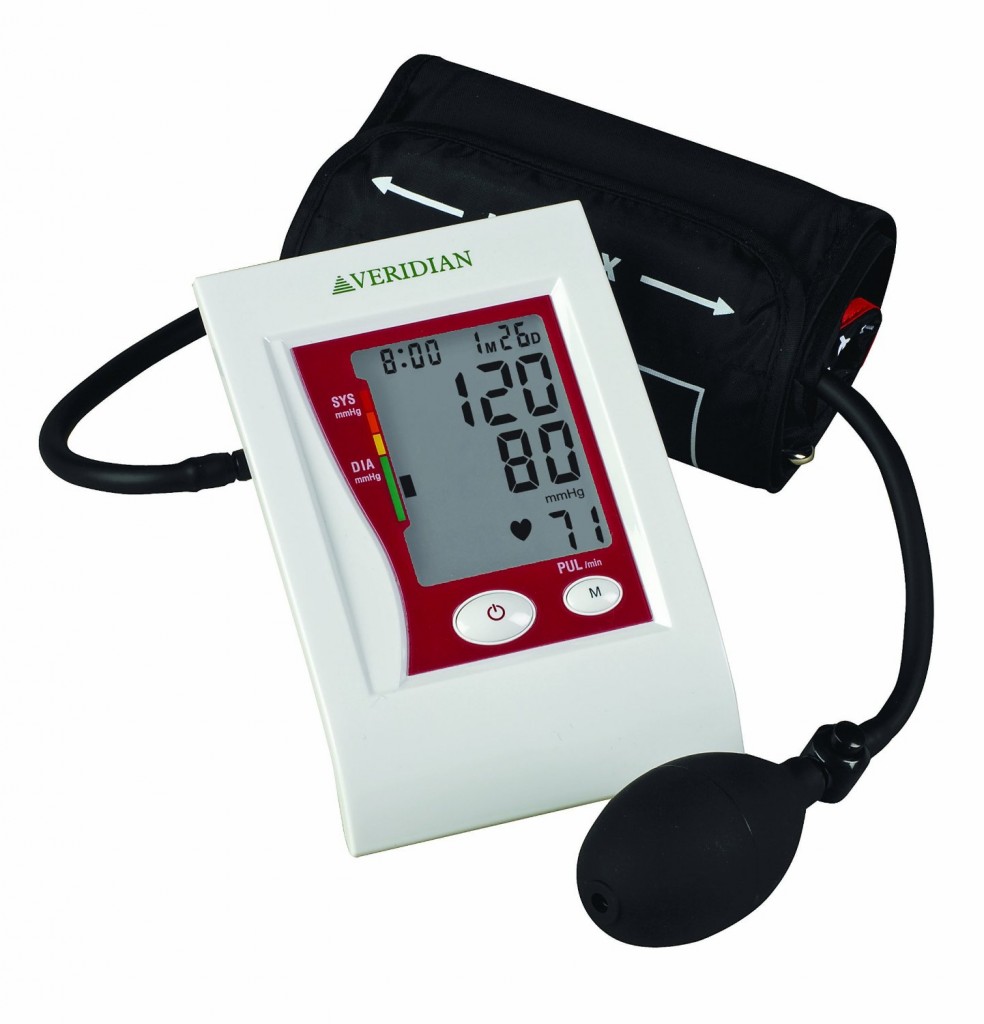Table of Content
To measure how long it takes your blood to clot, your doctor will order a test for your INR, or international normalized ratio, to measure the amount of warfarin in your blood. — The coaguchek XS system only requires a s small 8 microliter sample of blood compared to a venous blood. A specially designed single use safety lancing device gets the small drop of blood required from your fingertip.
Our service then begins with a personal trainer that will come directly to your home and teach you how to properly use your INR meter and report your INR test results. You don’t even need to worry about re-ordering test strips and lancets as we will automatically send you new supplies every month so that you can focus on doing the things that make you happy. PT/INR home testing is a fact of life for all patients who take the anti-coagulants Coumadin or warfarin... The PT/INR home test is very similar to the test used by millions of patients who must monitor their blood glucose every day. Most long-term Coumadin® users qualify for INR home monitoring coverage through Medicare.
Types of Treatment
We will separately revise the HCPCS codes G0248 and G0249 to change the nomenclature for the codes to require face to face training. There are new CPT codes established in 2007 which provide means for reporting these services outside of a face-to-face E&M encounter, but Medicare does not reimburse separately for these services. Several commenters suggest expanding coverage only to appropriate patients . Several comments suggested that CMS expand coverage with face-to-face instruction/training. This suggests that only a minority of patients may be motivated enough to participate in these programs and limits the generalizability of the results.
ACC supports CMS proposed recommendation to expand Medicare Part B coverage of home anticoagulation monitoring to warfarin patients with chronic atrial fibrillation and deep venous thrombosis beyond those patients with mechanical heart valves. However, the ACC urged that CMS should include patients on warfarin with congenital thrombophilic disorders, consider more frequency testing may be justified beyond once a week. The ACC also urged CMS to consider coverage for the physician services required to evaluate the test results and make necessary adjustments in the patient’s therapy.
Heart Valve Replacement
An INR is a standardized number that is calculated based on PT test results and is used to monitor patients being treated with blood-thinning medication. When it comes to your overall well-being, maintaining a healthy heart is essential. With Lincare's home INR testing, you have your PT/INR values at your fingertips. Patient self-testing with mdINR®reduces the risk of bleeding and clotting by giving you reliable, real-time results from the comfort of home. These tests save you from a visit to the physician's office or lab to check your PT/INR levels.
This primarily new body of literature demonstrates that the use of the home INR monitor is at least equivalent to lab/testing or physician office testing with respect to TTR. The studies are consistent in demonstrating that the use of the home INR monitor significantly increases TTR. There was no study that showed these home devices resulted in decreased, or equivalent TTR. The studies, which were conducted by different investigators at different sites, with different patient populations, and spread over a decade, were all consistent.
High Blood Pressure: What it Is & Why it Matters
This site is not designed to and does not provide medical advice, professional diagnosis, opinion, treatment, or services to you or any individual. After testing your blood, you’ll have to report the results to the company you’re working with. The company will also manage billing and the insurance-related parts of the process. When your provider receives your results, they can make dosage adjustments as needed. PT/INR testing is a fact of life for all patients who take the anti-coagulants Coumadin or warfarin.
The methodological principles described below represent a broad discussion of the issues we consider when reviewing clinical evidence. However, it should be noted that each coverage determination has its unique methodological aspects. Self-testing may facilitate the patient’s recognition of the effect of lifestyle, including dietary factors, on INR stability. This timely feedback may facilitate the patient’s modification of lifestyle elements and thereby improve INR stability.
Your Whole Health
The authors concluded that no significant differences in INR values or serious adverse events were found between the two groups, demonstrating that selected patients are capable of measuring their own INR and dosing their warfarin accordingly. Encourage your patients to have their home-use INR test meter routinely compared to a laboratory test to evaluate device performance. You don't need any medical experience or technology skills to perform the simple INR test. Real-time results allow immediate counselling and education without delay. NATF provides the information and materials on this site for general information purposes only. You should not rely on the information provided as a substitute for professional medical advice, care, or treatment.
Patients on long-term anticoagulation therapy are incredibly less likely to experience a thromboembolic event, according to researchers at Oxford University. If your INR is higher than the target range, blood clots may not form quickly enough, and you may experience bruising or be at increased risk of bleeding. If your INR is too low, you may still be at risk of excessive clotting.8Please consult your doctor if your INR value is outside of your recommended target range. The goal of monitoring your INR is to remain in the target range recommended by your doctor. In general, an INR target therapeutic range of 2.0 to 3.0 is appropriate3–8, however this is dependent on the indication for which you are receiving a VKA and other variables.5,6,9.
Outcomes of interest included a comparison of the PT results at home with those obtained for the same test period by the clinic and the reference laboratory. The percentage of test results that fell within, above, or below the therapeutic range for each patient was quantified for each type of measurement. At the end of the study, patients were asked to complete a questionnaire that assessed their ability to perform the self-testing. Since the original committee recommendation in 1997, there have been several more articles published relating to the use of this device, both in terms of patient self-testing, and self-management.
One patient had 2 severe hemorrhages in the self management group and there was one thromboembolic event in the usual care group. Home PT/INR monitoring with patient reporting or physician-directed self management. Most insurers also require that you test your levels at least every 2 weeks, and some plans require weekly tests. So, if you’ve typically had a blood draw once a month or every 6 weeks, you might have to test yourself 2-3 times more frequently – but the tradeoff is that you can do it at home.
All things being equal, increased frequency of testing should lead to a more accurate assessment of TTR. Whether this will increase or decrease TTR would seem to depend on circumstances, without any large nor consistent bias observed. Despite numerous guidelines recommending anticoagulation for several indications, as well as a quality parameter of CMS's Peer Review Organizations, thousands of patients are not being anticoagulated.
Built-in Quaility Control test runs with every INR meter test you take, ensuring accurate PT/INR meter results are given every time you test. There is no need for external control solutions or meter calibration, saving you time and giving you peace of mind. Greater TTR is also probably a result of the fact that PST allows the patient to evaluate how lifestyle events affect INR stability. This timely feedback may then allow the patient to modify lifestyle elements and thereby improve INR stability. More frequent testing also provides the ability to detect any drift in INR stability sooner, rather than later, thus keeping INR within a set range.
Currently, Medicare does not have a national coverage policy with regard to the use of home monitoring of prothrombin time. The four Durable Medical Equipment Regional Carriers currently do not cover these devices, denying claims as not being "medically necessary and reasonable." Face-to-face training has been shown to increase participation of patients in home testing and monitoring and experimental evidence shows that this type of in-person, face-to-face training can improve clinical outcomes . CMS believes that this is critically important and thus CMS will require that beneficiaries receive face-to-face education before they start home testing and as needed subsequently if they continue home testing.
If you obtain an INR result outside your identified target INR range, you should immediately contact your health care provider. The patient must undergo an educational program on anticoagulation management and demonstrated the correct use of the device prior to its use in the home. Advanced Cardio Services was founded in 2010 by Tim Cady and Mark Howard with the mission of creating an IDTF that empowered individuals to self test their INR at home while supported by an unmatched level of customer care and physician supervision. Mechanical heart valves – Implantable devices, especially those with manmade surfaces, can cause blood clots to form. Venous thromboembolism – Involving blood clots in the veins of the legs or the lungs; includes deep vein thrombosis and pulmonary embolism .
































